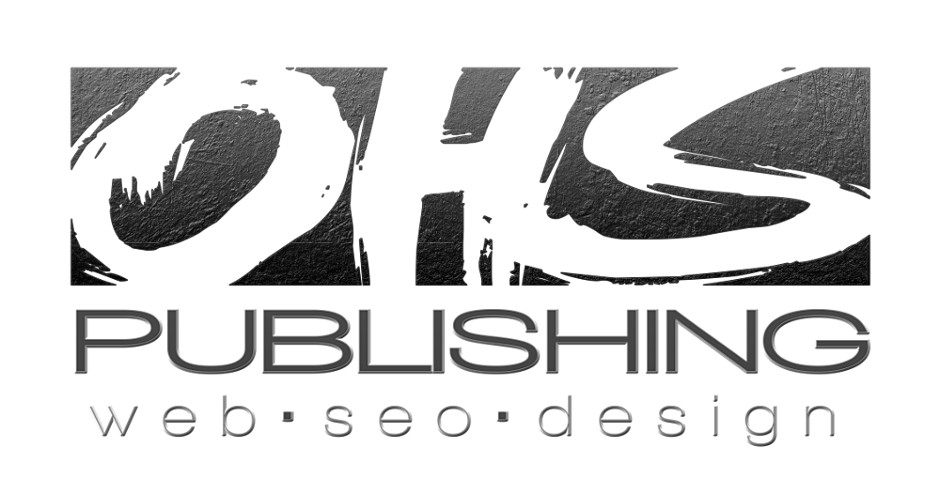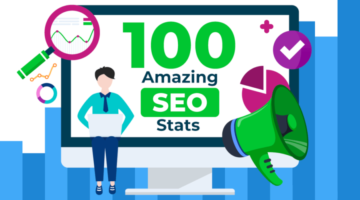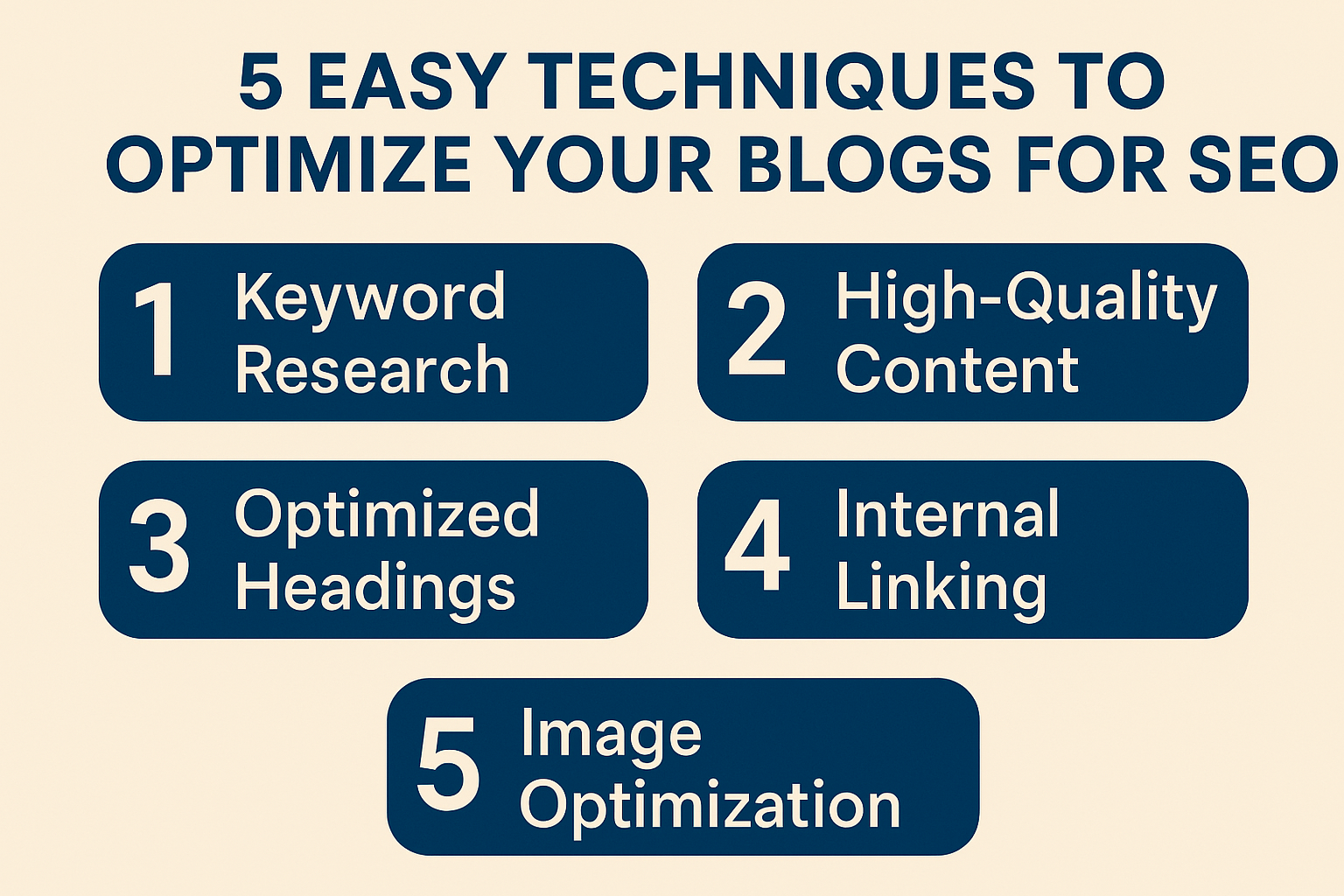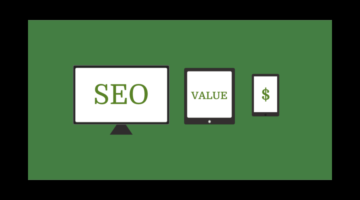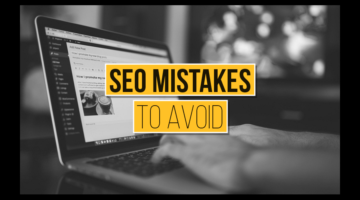PPC Advertising Benefits
Unlocking Success: Mastering Kansas City PPC with OHS Publishing’s Proven Strategies
In the bustling landscape of digital marketing, achieving prominence is not just desirable—it’s essential. Kansas City PPC is an avenue that promises to elevate your brand’s visibility, placing you front and center in the eyes of potential customers. OHS Publishing, a leader in Pay Per Click Management since 2004, harnesses the power of Google, Facebook, and YouTube ads to transform your marketing efforts into tangible growth. Specializing in data-driven PPC strategies, this trusted expert empowers small to medium-sized business owners to optimize their advertising spend and engage with their target audience more effectively. Discover how OHS Publishing’s innovative approach can help you master the art of targeted ads and unlock the door to success in digital marketing.
Understanding Kansas City PPC
Kansas City PPC (Pay-Per-Click) advertising is a powerful tool for businesses looking to increase their online visibility and drive targeted traffic. Let’s explore the key benefits, OHS Publishing’s unique approach, and common challenges in PPC advertising.
Key Benefits of PPC Advertising
PPC advertising offers immediate visibility and precise targeting for businesses in Kansas City. By appearing at the top of search results, companies can quickly attract potential customers actively searching for their products or services.
One of the primary advantages of PPC is its cost-effectiveness. Advertisers only pay when someone clicks on their ad, ensuring that marketing budgets are spent on engaged prospects. This model allows for better control over advertising costs and a higher return on investment.
PPC campaigns also provide valuable data and insights. Advertisers can track performance metrics in real-time, allowing for quick adjustments and optimization. This data-driven approach helps businesses refine their marketing strategies and improve overall campaign effectiveness.
OHS Publishing’s Unique Approach
OHS Publishing sets itself apart in the Kansas City PPC landscape with its data-driven and client-focused approach. Their team of experts combines industry knowledge with cutting-edge technology to deliver exceptional results.
By leveraging advanced analytics and machine learning algorithms, OHS Publishing creates highly targeted campaigns that resonate with the intended audience. This precision targeting ensures that ad spend is optimized for maximum impact and ROI.
OHS Publishing also emphasizes continuous improvement and adaptation. They regularly analyze campaign performance, conduct A/B testing, and stay updated on industry trends to ensure their clients’ PPC strategies remain effective in the ever-changing digital landscape.
Common PPC Challenges
While PPC advertising offers numerous benefits, it also comes with its share of challenges. One common issue is click fraud, where competitors or bots artificially inflate click counts, wasting ad spend. OHS Publishing employs sophisticated fraud detection tools to mitigate this risk.
Another challenge is maintaining a healthy Quality Score, which affects ad placement and cost. Advertisers must continuously optimize their landing pages, ad relevance, and click-through rates to maintain a competitive edge.
Keyword selection and management can also be daunting for many businesses. Choosing the right keywords, managing bids, and implementing negative keywords require expertise and ongoing attention to detail.
Proven PPC Strategies
To succeed in Kansas City PPC, businesses need to implement proven strategies that maximize their return on investment. Let’s explore some effective tactics for optimizing ad spend, targeting keywords, and utilizing negative keyword lists.
Optimizing Ad Spend
Optimizing ad spend is crucial for maximizing the effectiveness of PPC campaigns. Start by setting clear goals and KPIs to measure success. This could include metrics like cost per acquisition (CPA) or return on ad spend (ROAS).
Next, implement a strategic bidding strategy. Consider using automated bidding options like Target CPA or Enhanced CPC to leverage Google’s machine learning capabilities. These tools can help adjust bids in real-time based on the likelihood of conversion.
Regularly review and adjust your budget allocation across campaigns and ad groups. Focus on high-performing areas and reduce spend on underperforming segments. Use data from your analytics to make informed decisions about where to allocate your budget for the best results.
Effective Keyword Targeting
Effective keyword targeting is the foundation of successful PPC campaigns. Start by conducting thorough keyword research using tools like Google Keyword Planner or SEMrush. Look for keywords with high search volume and relevance to your business.
Consider using a mix of broad, phrase, and exact match types to capture various search intents. Broad match modifiers can help you reach a wider audience while maintaining relevance. For more targeted campaigns, focus on long-tail keywords that indicate high purchase intent.
Regularly review your keyword performance and make adjustments. Pause or remove underperforming keywords and allocate more budget to those driving conversions. Keep an eye on your quality score and work on improving it through relevant ad copy and landing pages.
Utilizing Negative Keyword Lists
Negative keyword lists are a powerful tool for refining your PPC campaigns and preventing wasted ad spend. Start by brainstorming irrelevant terms related to your products or services. For example, if you sell new cars, you might add “used” or “second-hand” to your negative keyword list.
Regularly review your search term reports to identify irrelevant queries triggering your ads. Add these terms to your negative keyword list to prevent future impressions and clicks from unqualified traffic. This process helps improve your click-through rate and overall campaign performance.
Consider creating separate negative keyword lists for different campaigns or ad groups. This allows for more granular control over where your ads appear. For example, you might have a broader negative keyword list for your brand campaigns and a more specific list for product-focused campaigns.
Enhancing Digital Marketing Success
Integrating PPC with other digital marketing strategies can significantly boost your overall online presence. Let’s explore how to combine PPC with SEO, leverage social media ads, and use data-driven insights for better results.
Integrating PPC with SEO
Integrating PPC with SEO creates a powerful synergy that can dramatically improve your digital marketing results. Use PPC data to inform your SEO strategy by identifying high-performing keywords and incorporating them into your organic content.
Conversely, use your SEO insights to refine your PPC campaigns. Keywords that perform well organically might be good candidates for PPC targeting. This integrated approach ensures a consistent message across both paid and organic search results.
Consider using PPC to test new keywords or landing pages before investing in long-term SEO efforts. This allows you to quickly gauge the potential of new strategies and make data-driven decisions about your overall digital marketing approach.
Leveraging Social Media Ads
Social media advertising complements PPC efforts by reaching users where they spend a significant amount of time online. Platforms like Facebook and Instagram offer powerful targeting options based on demographics, interests, and behaviors.
Use social media ads to build brand awareness and nurture leads through the sales funnel. Retargeting campaigns can be particularly effective, allowing you to reach users who have previously interacted with your website or social media content.
Integrate your social media ads with your PPC campaigns for a cohesive cross-platform strategy. Use similar messaging and visuals to reinforce your brand identity and create a seamless user experience across different touchpoints.
Data-Driven Insights
OHS Publishing emphasizes the importance of data-driven insights in digital marketing success. Utilize analytics tools to gather and analyze data from your PPC and other digital marketing efforts.
Key metrics to track include click-through rate (CTR), conversion rate, cost per conversion, and return on ad spend (ROAS). Use this data to identify trends, optimize campaigns, and make informed decisions about budget allocation.
Implement A/B testing to continually refine your ad copy, landing pages, and targeting options. This iterative approach allows you to continuously improve your campaigns based on real-world performance data.
Maximizing Targeted Ads
To get the most out of your PPC campaigns, it’s essential to focus on maximizing the effectiveness of your targeted ads. This involves implementing geographic targeting tactics, crafting compelling ad copy, and continuously monitoring and adjusting your campaigns.
Geographic Targeting Tactics
Geographic targeting allows you to focus your PPC efforts on specific locations relevant to your business. Start by identifying your target markets and creating location-specific campaigns. This could include targeting specific cities, regions, or even radius targeting around your physical locations.
Consider adjusting your bids based on location performance. Increase bids in areas that show higher conversion rates or greater potential for business growth. You can also use location extensions to display your business address in ads, which can be particularly effective for local businesses.
Tailor your ad copy and landing pages to reflect local nuances and preferences. This could include mentioning local landmarks, using region-specific terminology, or highlighting services particularly relevant to that area.
Crafting Compelling Ad Copy
Effective ad copy is crucial for attracting clicks and driving conversions. Start with a strong headline that includes your primary keyword and communicates your unique value proposition. Use power words and action verbs to create a sense of urgency and encourage clicks.
In the description, focus on the benefits of your product or service rather than just listing features. Address common pain points and explain how your offering solves them. Include a clear call-to-action (CTA) that tells users exactly what you want them to do next.
Utilize ad extensions to provide additional information and increase the visibility of your ads. This could include sitelink extensions, callout extensions, or structured snippets that highlight specific aspects of your offering.
Monitoring and Adjusting Campaigns
Successful PPC management requires ongoing monitoring and adjustment. Set up regular performance reviews to analyze key metrics and identify areas for improvement. This could be weekly for high-spend accounts or monthly for smaller campaigns.
Use automated rules and alerts to stay on top of sudden changes in performance. Set up notifications for significant drops in CTR or conversion rate, or for sudden increases in cost per click. This allows you to quickly address issues before they significantly impact your campaign performance.
Regularly test new ad variations, landing pages, and targeting options. Use the insights gained from these tests to continuously refine your campaigns and improve their effectiveness over time.
Achieving Online Visibility Goals
The ultimate aim of PPC advertising is to achieve your online visibility goals. This includes boosting your online presence, increasing conversion rates, and reaching a wider audience. Let’s explore how to accomplish these objectives.
Boosting Online Presence
PPC advertising is an effective way to quickly boost your online presence. Start by ensuring your ads appear for relevant searches related to your business. This increases brand visibility and keeps you top-of-mind for potential customers.
Use remarketing campaigns to stay visible to users who have previously interacted with your website. This helps reinforce your brand message and encourages repeat visits and conversions.
Consider using display advertising to increase brand awareness. While these ads typically have lower click-through rates than search ads, they can be effective for reaching a broader audience and building brand recognition.
Increasing Conversion Rates
Improving conversion rates is crucial for maximizing the ROI of your PPC campaigns. Start by ensuring your landing pages are optimized for conversions. This includes having a clear value proposition, a strong call-to-action, and a user-friendly design.
Implement conversion tracking to measure the effectiveness of your campaigns. This allows you to identify which ads and keywords are driving the most valuable actions on your site.
Use A/B testing to continually refine your ad copy, landing pages, and offers. Small changes can often lead to significant improvements in conversion rates over time.
Reaching a Wider Audience
PPC advertising offers numerous opportunities to expand your reach and connect with new audiences. Explore different ad networks and platforms beyond Google Ads, such as Bing Ads or social media advertising platforms.
Use audience targeting options to reach users based on their interests, behaviors, or demographics. This can help you connect with potential customers who may not be actively searching for your products but could be interested in them.
Consider expanding into new geographic markets or targeting different languages to reach a more diverse audience. Just be sure to tailor your messaging and offerings to meet the specific needs and preferences of these new markets.
